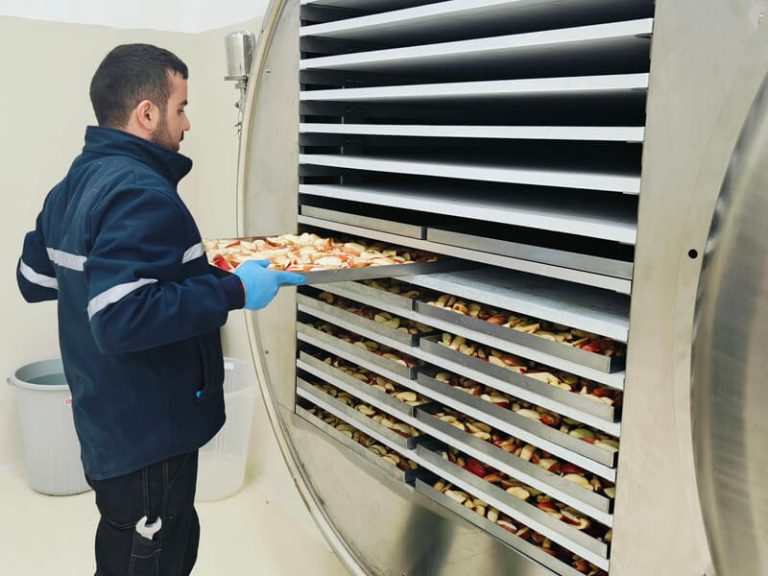What is a Benchtop Steam Sterilizer Autoclave and How Does it Work?
Introduction to Benchtop Steam Sterilizers
A benchtop steam sterilizer autoclave is an essential tool for many industries, including healthcare, laboratories, and even some home settings. But what exactly is a benchtop steam sterilizer autoclave used for? It’s a device designed to sterilize equipment and materials using steam under pressure. This process ensures that all microbial life is eliminated, making it safe for use in environments where cleanliness is crucial.
Understanding the Autoclave Process
At its core, a benchtop steam sterilizer autoclave operates on a simple principle: steam and pressure. The device heats water to create steam, which is then pressurized to penetrate materials thoroughly. This high-pressure steam reaches temperatures that kill bacteria, viruses, and other pathogens. The cycle typically lasts between 15 and 60 minutes, depending on the load and the specific model.
Why is a Benchtop Autoclave Important?
1. Ensures High-Level Sterilization
A key question many ask is, “What is a benchtop steam sterilizer autoclave used for?” The answer is that it provides high-level sterilization for various tools and equipment. This is crucial in medical and scientific settings, where contamination can lead to serious health risks. By using steam and pressure, the autoclave achieves a level of cleanliness that other methods can’t match.
2. Versatile Applications
Benchtop steam sterilizers are not just for hospitals. They’re used in dental offices, veterinary clinics, and research labs. In these environments, maintaining sterile conditions is essential for accurate results and safe procedures. The versatility of a benchtop autoclave makes it a valuable asset in multiple fields.
How Does a Benchtop Steam Sterilizer Work?
1. Loading the Autoclave
Before starting the sterilization process, proper loading is crucial. Items should be placed in the autoclave in a way that allows steam to circulate freely. Overloading can hinder the sterilization process, so always follow the manufacturer’s guidelines.
2. The Sterilization Cycle
Once loaded, the autoclave begins its cycle. The process typically involves three main stages:
- Pre-Heating: The chamber is heated to generate steam.
- Sterilization: The steam is pressurized and maintained at a high temperature for a set period.
- Cooling: The chamber cools down, and the pressure is released.
3. Post-Cycle Handling
After the cycle completes, carefully remove the items. They should be handled with clean gloves or tools to avoid re-contamination. It’s important to follow proper procedures to ensure the items remain sterile until they are used.
Benefits of Using a Benchtop Steam Sterilizer Autoclave
1. Reliability and Efficiency
Benchtop steam sterilizers are known for their reliability. They deliver consistent results, making them ideal for environments where precision is key. The efficiency of these devices also means that multiple items can be sterilized in one cycle, saving time and resources.
2. Safety and Compliance
In many industries, using a benchtop autoclave is not just a choice but a requirement. These devices help ensure compliance with health and safety regulations. By effectively eliminating pathogens, they help prevent infections and maintain a high standard of cleanliness.
Choosing the Right Benchtop Steam Sterilizer
1. Size and Capacity
When selecting a benchtop steam sterilizer autoclave, consider its size and capacity. The right size will depend on the volume of items you need to sterilize regularly. Larger models are available for high-demand settings, while compact units suit smaller operations.
2. Features and Controls
Modern autoclaves come with various features. Some have digital controls for precise temperature and pressure settings, while others offer automatic cycles for convenience. Look for features that match your needs and improve efficiency.
3. Maintenance and Support
Regular maintenance is essential for keeping a benchtop steam sterilizer in top condition. Choose a model from a reputable manufacturer that offers good customer support and service options. This ensures that you can quickly resolve any issues that arise.
Conclusion
In summary, a benchtop steam sterilizer autoclave is a vital tool for ensuring that equipment and materials are free from harmful microorganisms. Its ability to deliver high-level sterilization makes it indispensable in many professional settings. Whether you’re in healthcare, research, or another field requiring stringent hygiene standards, understanding how these devices work and their benefits can help you make an informed decision.
Want to Learn More?
Curious about the different types of autoclaves and their specific applications? Explore our next article where we dive deeper into advanced autoclave models and how they can enhance your operations.

